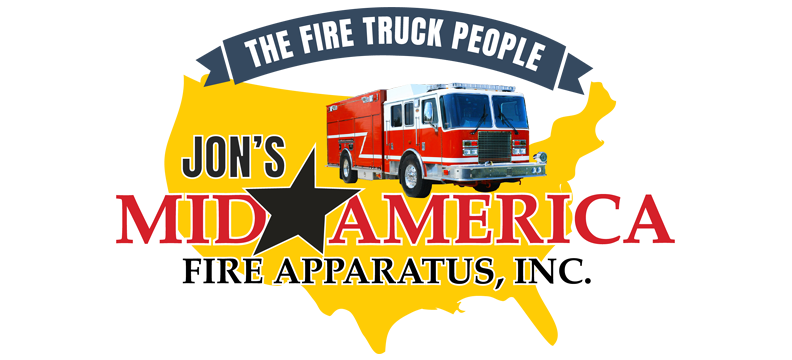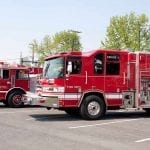Your attack lines are your first line of defense against a fire. Being able to reach your hoses in a proper amount of time can make the difference between a fire being easily put out or advancing into a blaze that can cause devastation.
When it comes to choosing how to manage your attack lines, there are a variety of approaches you could choose to take for your department. We’ve listed a few of the major considerations you should have when arranging your attack lines.
How can I store my hose lays?
It’s important to acknowledge that there is no one way of loading hose that is any better than another. It all depends on the needs and use of your department.
That being said, there are a variety of different ways to store your hose. They can be lower or higher on a rig depending on the build and manufacturer. Some of the most popular locations to store hose loads include:
- Off the rear
- Off a hose well
- On a reel
- From the side of the rig
There is a great array of crosslay hose loads that each department may use as well:
- Flat load. A flat load is fairly self-explanatory in that it is loaded flatly into a stack. While very popular, this load can cause kinks and bends in your hose.
- Roundabout load. This hose lay ensures your hose won’t get caught up as easily and is suggested for car and trash fires.
- Front bumper load. This load is also called a “donut roll” for its similar look to a donut. This hose load works for those who need attack lines stretched out in less of a distance.
What should I consider when it comes to attack line configuration?
When choosing which kind of hose lay would be best for your department, there are several key points that cannot be ignored:
- Make it a group effort. Choosing a new hose lay is not a job that can be done alone. Since the entire department will need to use this storage method, it’s vital to share the job with others.
- Don’t make changes without approval. Make it so there is a formalized process for making amendments to the method by which you store attack lines. If one or two of your firefighters start making changes, this could mean a majority of your department not understanding how their hoses are being stored. Adjustments are okay to make, but they should be cleared by everyone first.
- Consider your typical fire. What does your department deal with most? This may play into your choice of hose load, as different fires require different lengths of hose.
- Recognize your manufactured limitations. It’s important to acknowledge the limits you have as a result of the way your fire apparatus was manufactured. Be aware of what your apparatus can and cannot do.
- Take account of your staff. It’s important to know how many hands are on deck when a fire occurs. You need to know how many people will be there to deploy hose and to reload hose back onto the apparatus. Reloading hose is a task that is equally as important as unloading, as poorly loaded hose can lead to poor unloading.
- Is everyone trained to use this attack line? The last thing you want is to reach the scene of a fire only to realize that not all of the department knows how to load or unload a hose lay.
When it comes to choosing a hose load that works best for you, contact the experts at Jon’s Mid America. We can go over what options may work best for your rig.



